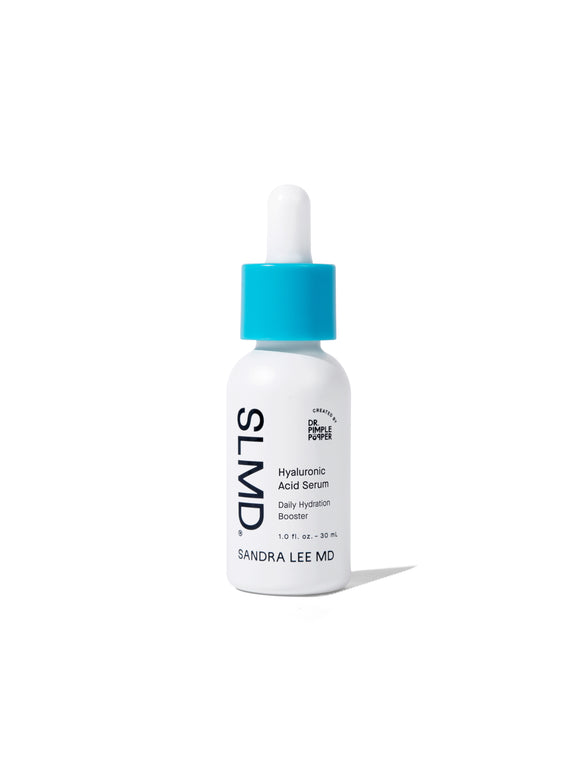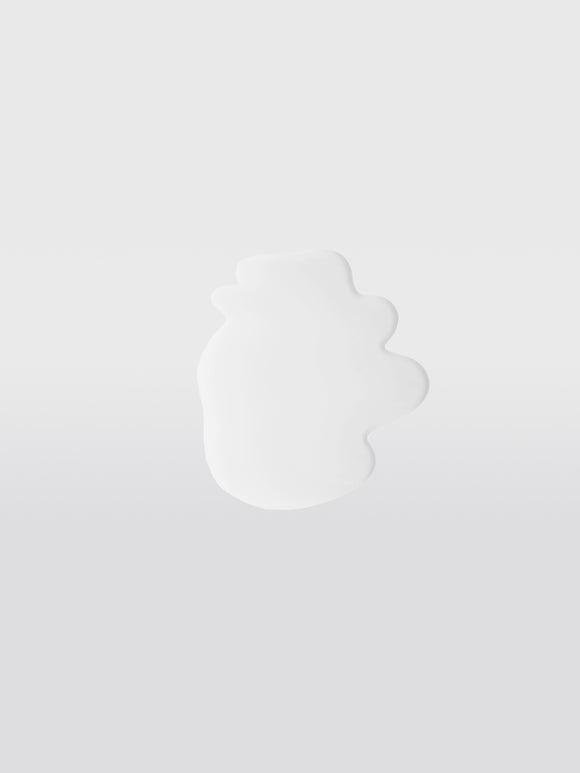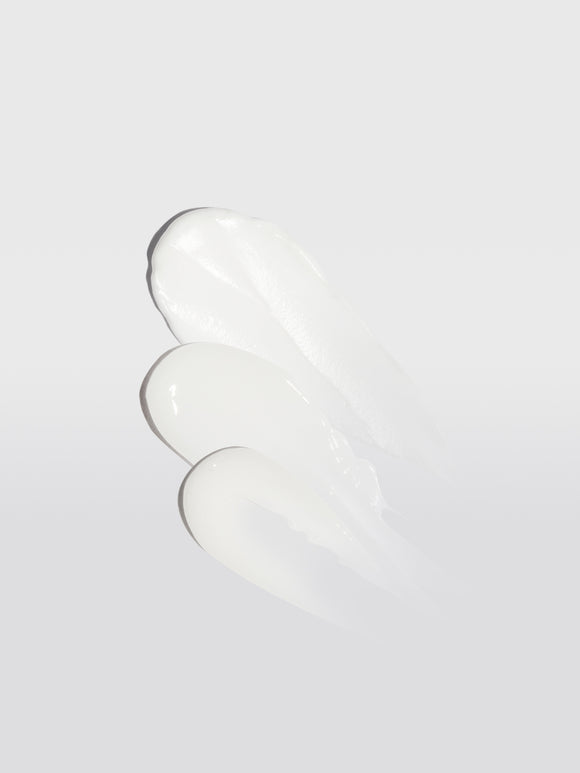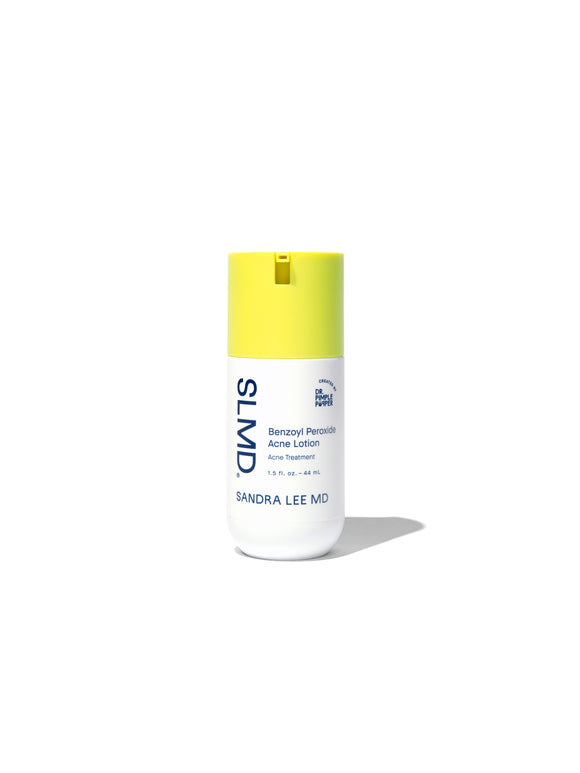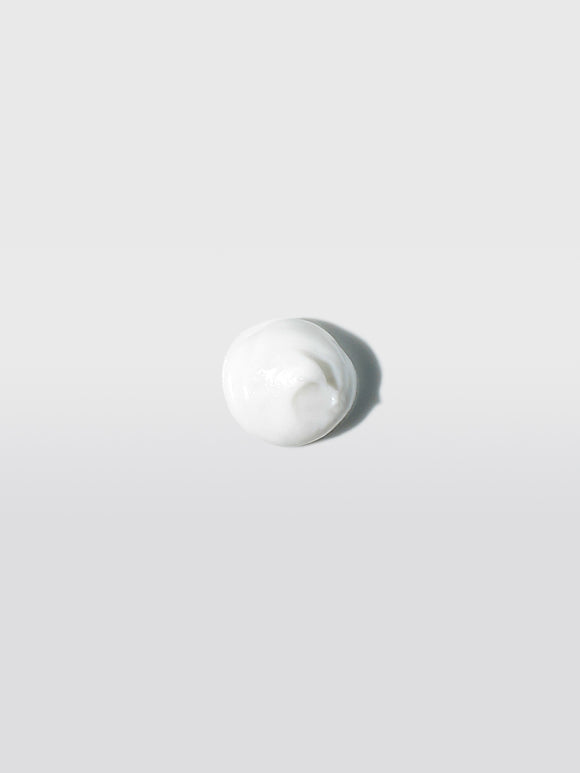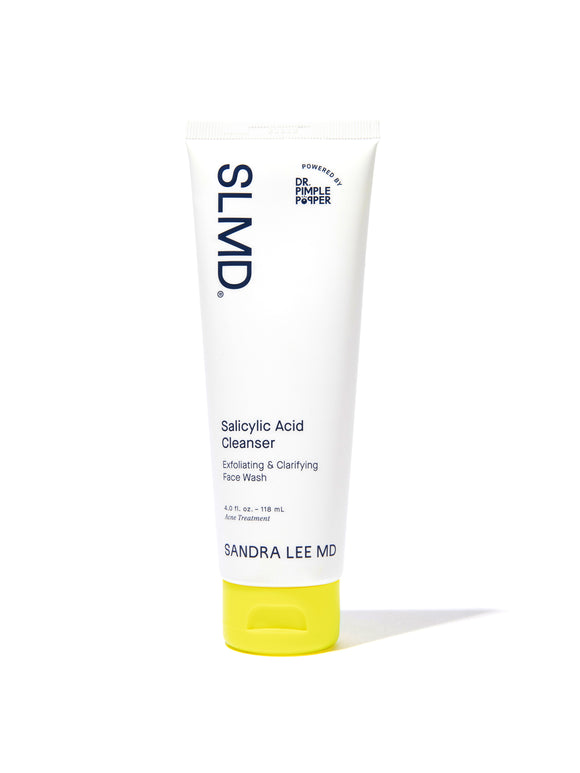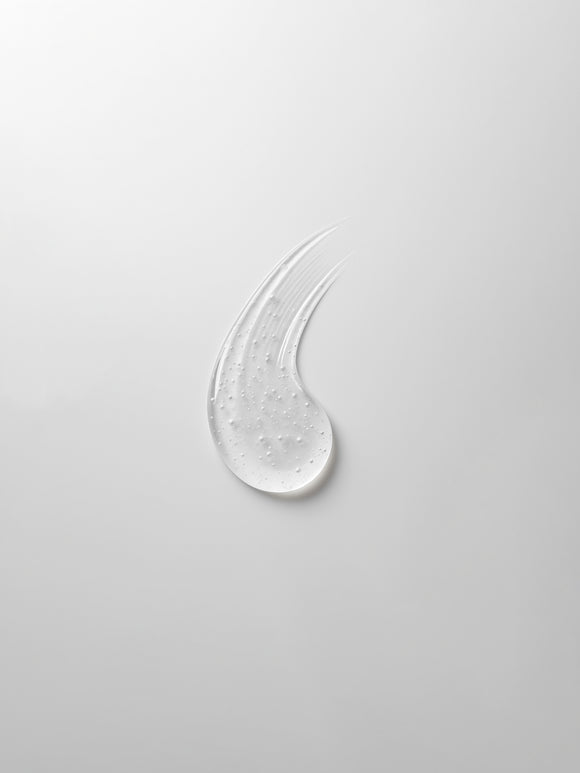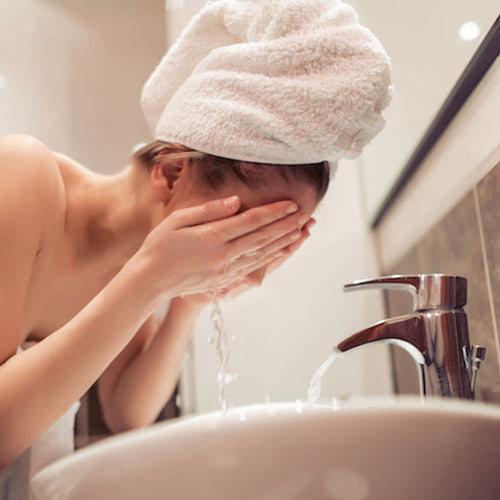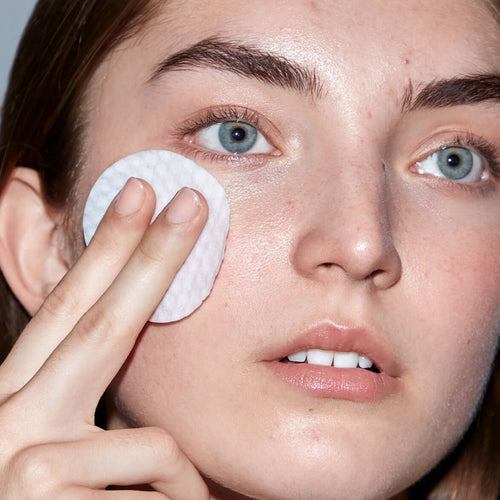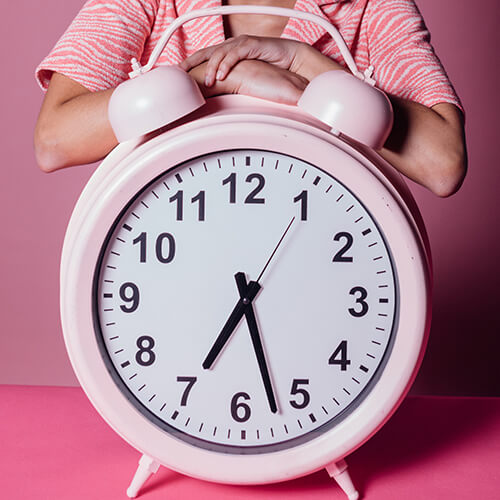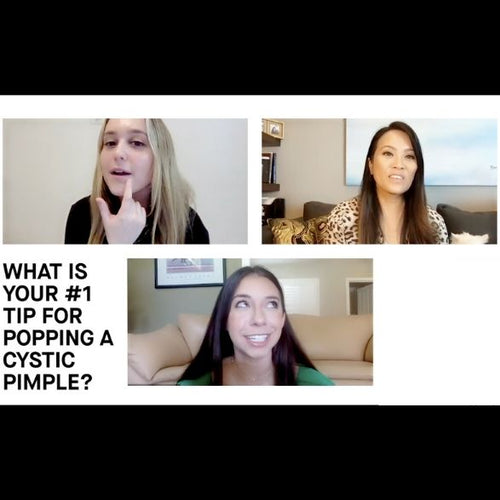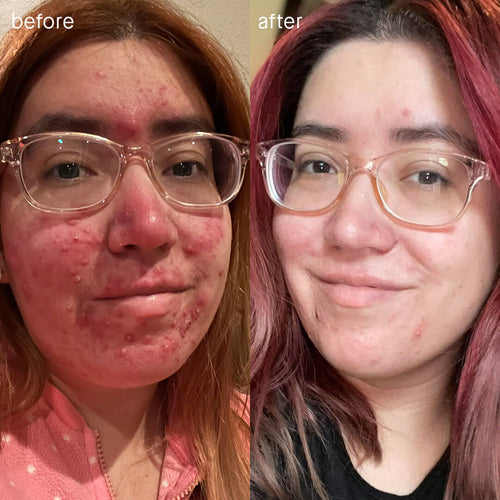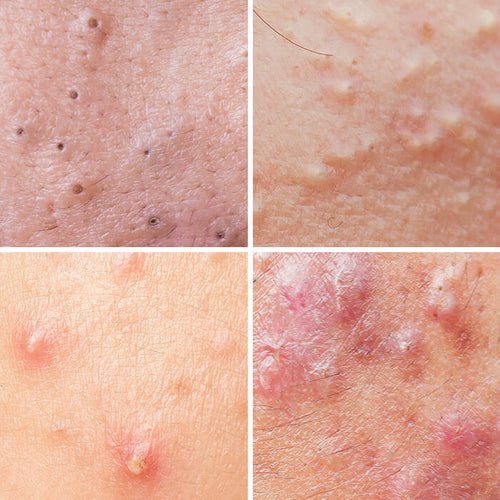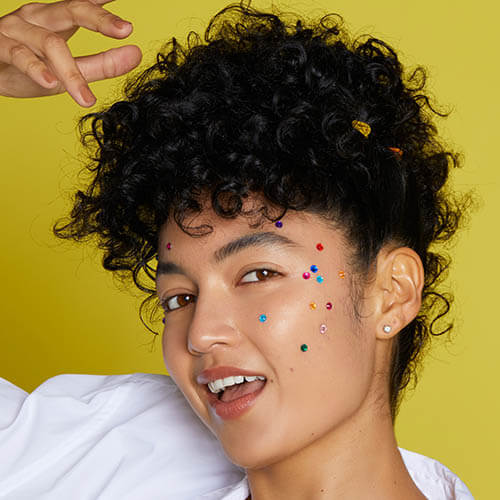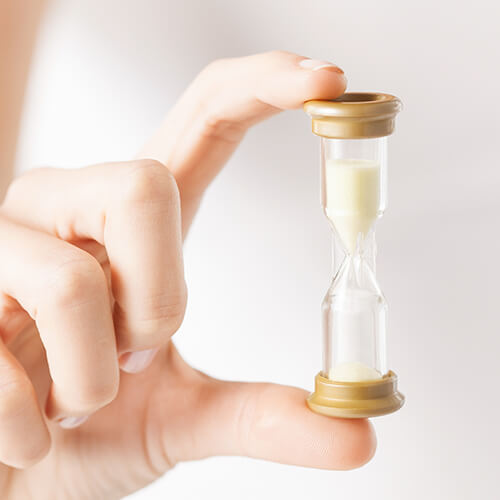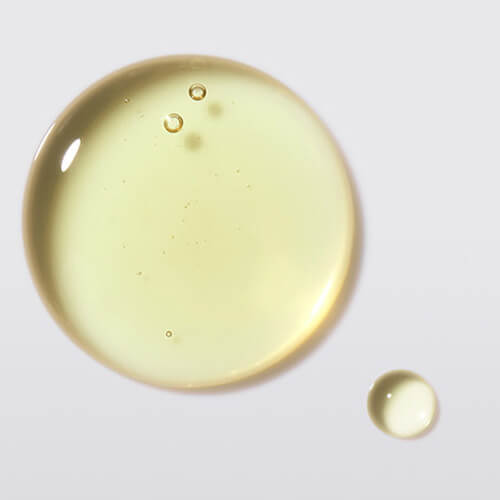
Ingredient Spotlight: Retinol
Is it really possible that one ingredient can fight clogged pores, acne, and signs of aging? Great news: it's true.
Published:
4 minute read
Among dermatologists, estheticians and skinfluencers alike, retinol is one of the most frequently-recommended skincare ingredients. Chances are you’ve probably heard about it as a well-aging or acne-fighting all-star.
So maybe you’re wondering: how is it possible for one ingredient to tackle so many different tasks? Here, we’re breaking down everything you need to know about retinol.
Article Quick Links
What is retinol?
Retinol belongs to a class of fat-soluble substances called retinoids, which are derived from vitamin A, a substance our bodies cannot produce naturally. Its use in dermatology was pioneered in the 1960s by Dr. Albert Kligman of the University of Pennsylvania, who patented a retinoic acid drug called Retin-A (its generic is tretinoin) for the treatment of acne in 1967.
In the ensuing years, dermatologists and their patients using tretinoin began remarking on the drug’s effect on fine lines, wrinkles and hyperpigmentation. In 1986, Kligman was granted an additional patent for Renova, an altered formulation of tretinoin, proven to reverse signs of photodamage from UV exposure.
Retinol is a chemically altered, milder form of tretinoin. Once applied, it’s able to penetrate the stratum corneum and into the dermis. But it needs to be converted by your skin into retinoic acid before it can take effect. This means that it’s less bioavailable (making it less strong), but it also makes it less likely to cause irritation.
What does retinol do for your skin?
There is a wealth of research detailing the ways retinol impacts your skin. Here are the highlights of what studies have suggested:
- Stimulates cellular activity: including keratinocytes, fibroblasts and melanocytes
- Strengthens barrier function
- Reduces transepidermal water loss (TEWL)
- Stimulates blood flow in the dermis
- Inhibits breakdown of collagen
- Speeds cell turnover
- Loosens the bonds of epidermal cells
- Regulate cell shedding in sebaceous ducts
- Slows lipid production
- Encourages elastin formation
How does retinol treat acne?
Once retinol is metabolized into retinoic acid within your skin, it binds to special receptors within the cells. From there, it helps regulate cell turnover. This is important for managing acne, since one of the contributing factors to the condition is hyperkeratinization: an overabundance of skin cells that line the hair follicles. Too much keratin protein leads to clogged pores — the building blocks of active acne.
Increasing the rate of cell turnover also helps even skin tone, diminishing the appearance of post-inflammatory hyperpigmentation. Retinoids (particularly oral isotretinoin) have also been shown to reduce the output of the sebaceous glands, though more research is needed.
If you have acne-prone skin, look for a lightweight serum or gel that contains retinol. It’s best to use retinoids at night, while skin is rejuvenating itself, and to avoid any possible interaction with damaging UV rays. Try SLMD Retinol Resurfacing Serum, part of the 3-step Acne System, designed for oily or acne-prone skin.
Dr. Pimple Popper's Retinol Routine Picks
Does retinol prevent premature aging?
Retinol itself is a reformulated, weaker version of prescription-strength tretinoin, which has been acknowledged by the FDA as a drug that slows aging. Retinol has been used for decades to slow, and even reverse, signs of premature aging (aka photoaging), like:
- Fine lines and wrinkles
- Uneven skin tone
- Dullness
- Hyperpigmentation
- Enlarged pores
What are the side effects of retinol?
You may have heard about what’s known as a retinol reaction (aka the retinol uglies): a set of side effects that often accompany the initial weeks of retinol use. Although everyone’s skin reacts differently, it’s very common to experience these side effects when you first incorporate retinoids into your routine:
- Dryness
- Flaking
- Peeling
- Redness
- Irritation
These symptoms should wear off after a few weeks, or perhaps sooner. To minimize any reaction, try applying retinol every other night at first and building up to nightly use. You can also temper your retinoid by layering it with a nourishing ingredient like hyaluronic acid (try SLMD Hyaluronic Acid Moisturizer or Hyaluronic Acid Serum). If you have sensitive skin, try performing a patch test first.
While it hasn’t been conclusively proven, your skin may be more sun sensitive during the first few weeks of retinol use — so again, always use sunscreen daily.
When should you start using retinol?
Dr. Sandra Lee (aka Dr. Pimple Popper) says that retinol is safe for teens to use to help manage chronic acne. To combat premature aging, she suggests starting an over-the-counter retinol product in your 20s — though it’s never too late to start if you’re a bit older than that.
Again, it’s best to use retinol only at night, because vitamin A derivatives tend to break down in sunlight. Be sure to wear sunscreen daily to protect your skin from further damage (we like SLMD Dual Defender SPF 30).
Retinoids (especially oral isotretinoin) have been shown to affect fetal development, so it’s important to discuss retinol use with your doctor if you’re pregnant, breastfeeding, or could become pregnant while using.
Contributing source:

Dr. Lee's Last Word
Retinol is one of the ingredients that I most often recommend to my dermatology patients. It’s been clinically proven to help manage acne and prevent many of the signs of premature aging. It’s one of those products that just about everyone should have in their medicine cabinet. Just make sure you’re also using sunscreen every day!



